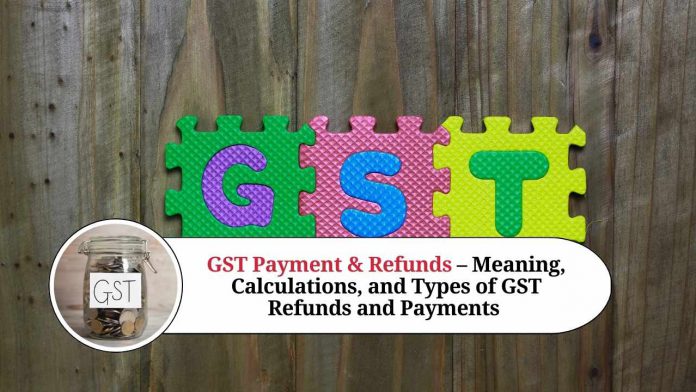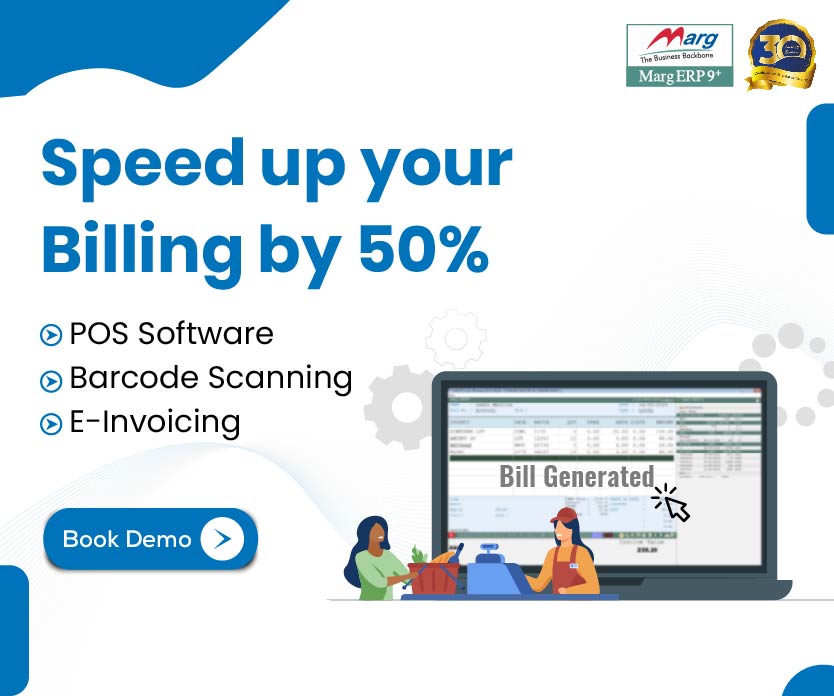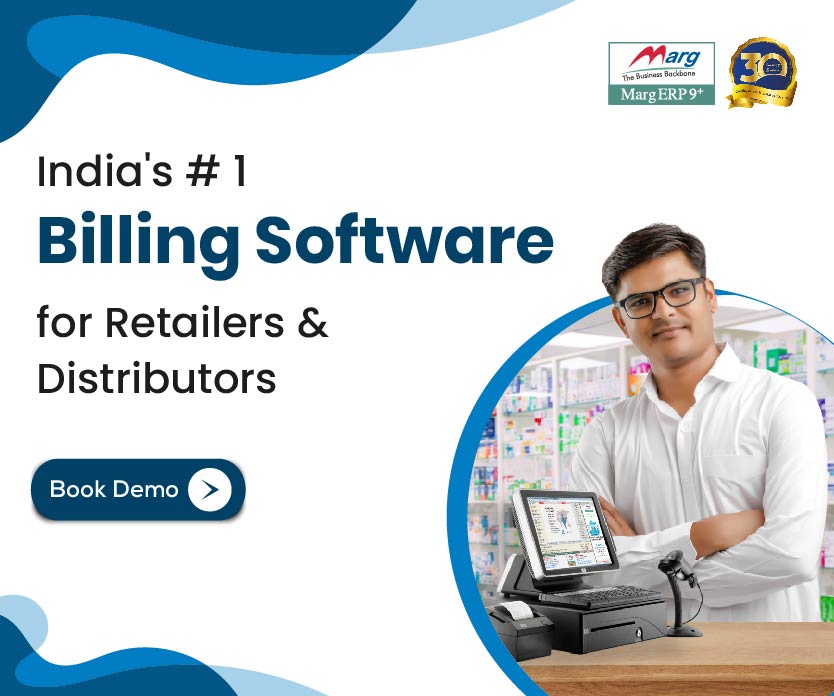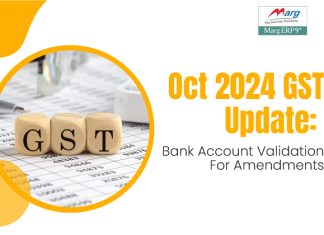Article Content:
- What is GST Payments and Refunds?
- Types of GST payments
- GST calculation and payment
- Who should and when pay GST?
- How to pay GST?
- Events when GST refund arises.
- Let us understand GST refund with an example
- Deadline to claim GST refund
- Relevant dates for Some Cases
- How to claim GST refund?
- Refund Order
- The form you may receive after the final order
- When can an ITC be claimed?
What is GST Payments and Refunds?
Every GST registered person is required to submit returns every month or on a quarterly or yearly basis. In the GST filing, GSTR-1 is filed to report the sale and GSTR-3B is filed to claim the ITC and make necessary payments related to interest, penalty and tax. For any GST refund required, a GST user can claim a refund by filling the respective GST refund form.
Types of GST payments
Different types of payments are made under GST which can be mainly divided into three.
- SGST: This payment is made when you supply goods and services within the state (paid to the state).
- CGST: This payment is made when you supply goods and services within the state (paid to the centre).
- IGST: This payment is made when you supply goods and services interstate (paid to the centre).
| Condition | SGST | CGST | IGST |
| Goods & Services sold from Pune to Kanpur | No | No | Yes |
| Goods & Services sold within Pune | Yes | Yes | No |
| Goods & Services sold from Pune to Nagpur | Yes | Yes | No |
Apart from all these payments, the registered user is also required to make some other payments.
- TDS (Tax Deducted at Source): TDS is an advance tax deduction process that is done after a certain limit at the time the buyer makes the payment to the supplier.
TDS Example- ABC ltd hires a contractor for some work with a contract value of Rs 5 lakh.
At the time of making payment to the contractor company, ABC Ltd. will deduct TDS @1% (TDS amount Rs 5,000) on total amount and pay the rest.
- TCS (Tax Collected at Source): This implies on e-commerce websites when a dealer sells his goods through e-commerce websites, they will receive their payment after deducting TCS. TCS will be charged at the rate of 2%.
- Reverse Charge: A reverse charge is a mechanism where tax payment is done by the recipient, instead of the supplier of the goods or services.
GST Calculation and Payment
When calculating the total GST payment, initially your input tax credit claims will try to settle the outward tax liability and if there is still some liability left then you need to pay the remaining liability through the challan.
The input tax credit cannot offset your interest and late fees, they need to be paid in cash.
Calculation of GST will be done based on GST user type:
- Regular Dealer: A regular GST dealer will pay GST when he makes outward supplies of goods and services and can also claim ITC (Input Tax Credit).
The difference between ITC and outward tax liability will be GST liability for a regular dealer.
- Composition Dealer: The composition is an opt scheme and the dealers who opt for the composition scheme will have to pay a fixed percentage on their total outward supply. The GST percentage of composition schemes will depend on the business category.
| Business Activity opt for Composition | SGST | CGST | Total |
| Trader & Manufacturing Unit | 0.5% | 0.5% | 1% |
| Restaurants that do not serve alcohol | 2.5% | 2.5% | 5% |
Who should and when pay GST?
These are some dealers who are required to pay GST:
- A dealer registered under the GST portal is required to pay GST if there is any liability.
- Those operators who collect TCS are required to pay GST.
- Those dealers who deduct TDS are required to pay GST.
GST users pay GST liability through GSTR-3 return which has to be replenished every month.
How to pay GST?
In GST, you have to pay for many things like interest, penalty, late fees and tax liability which is paid with the help of Electronics Ledgers which includes:
- Cash Ledger: This ledger will reflect deposit from TDS, TCS and Cash.
- Credit Ledger: This ledger will reflect all ITC claims.
- Liability Ledger: This ledger will display all your GST liability after settling all claims.
First, the GST liability will be settled with ITC or Credit Ledger and if the liability persists it will be settled through Cash Ledger.
GST Refund
GST was introduced to make the tax process smooth and hassle-free. To further refine the GST process, the government has introduced several features of which GST refund is one. Sometimes a situation arises to claim GST refund when GST payment exceeds your liabilities. GST provides a clear and effective invoice-based tracking system, which verifies all transactions for the process of GST refunds.
Events When GST Refund Arises.
Your GST refund can arise due to many reasons, Let’s look at some reasons:
- Where an unintentional mistake leads to excessive payment of tax.
- Provisional assessment may result in a GST refund.
- GST refund arises in adjudicating officer findings.
- International tourists get GST refunds on the taxes paid by them.
- When the purchase is made by foreign embassies or bodies of the United Nations, they can be granted a refund in this case.
- Exports including deemed exports can claim GST refund if any additional credit arises.
- When your output tax liability is zero or exempt and you have accumulated ITC credit.
Let us understand GST refund with an example:
Mr. A has a GST liability of Rs. 10,000 but due to some mistake, Mr. A paid Rs. 1,00,000. Now the additional payment of Rs 90,000 will be considered as GST refund which he can claim as a refund within 2 years from the date of payment.
Deadline to claim GST refund
The deadline for claiming GST refund is two years from the relevant date and the relevant date will be different in each scenario.
Relevant dates for Some Cases
| The reason why GST refund is claimed | Relevant Date |
| GST refund found in provisional assessment | Date when tax is adjusted |
| Accumulated ITC credit due to nil outward liability | By the end of the financial year in which you claim ITC. |
| Payment of excess GST | Date of making excess payment |
| GST refund of the export or deemed export | The date on ship dispatch |
| Goods carried by the vehicle | Date when goods cross border |
| Goods sent through the post | Date of dispatch |
| In case of the supply of services | Date of payment receipt |
How to claim GST refund?
Form RFD-01 has to be submitted for GST refund after being certified by a Chartered Accountant. In case of GST refund of foreign embassies or bodies of the United Nations, they are required to submit Form RFD-10 within 90 days.
After submitting RFD-01 you will receive form RFD-02 as an acknowledgment via email and SMS. If there is any deficiency in your refund form, you will receive the form RFD-03 to correct your application.
Your refund application takes about 30 or above days to process, but the time can also vary in many conditions. The refund will be subject to an audit if the amount exceeds the prescribed limit.
Refund Order
When the export of goods or services claims a refund, an authorized officer could allow a provisional refund order through Form RFD-04 if they meet certain criteria. When the authorized officer compares all the ledgers maintained by the government and finds that the refund is valid. Within 60 days of the application, the officer authorizes the final order of GST refund by issuing Form RFD-05.
The form you may receive after the final order:
- Form RFD-06 is issued when your refund is to be adjusted against the tax.
- Form RFD-07 is issued when your refund application has been rejected.
- Form RFD-08 is issued for payment advice.
- Form RFD-09 is issued for the delay of payment.
When can an ITC be claimed?
- When your output tax liability is zero or exempt and you have accumulated ITC credit for several months.
- When your ITC claim attracts a higher tax rate, finished products and services attract a lower tax rate. This accumulated ITC will be allowed for a refund.
- When the reverse charge payment did not fully utilize the input tax credit against the outward tax.
This is some important information related to the GST payment and refund system that you need to know.








































